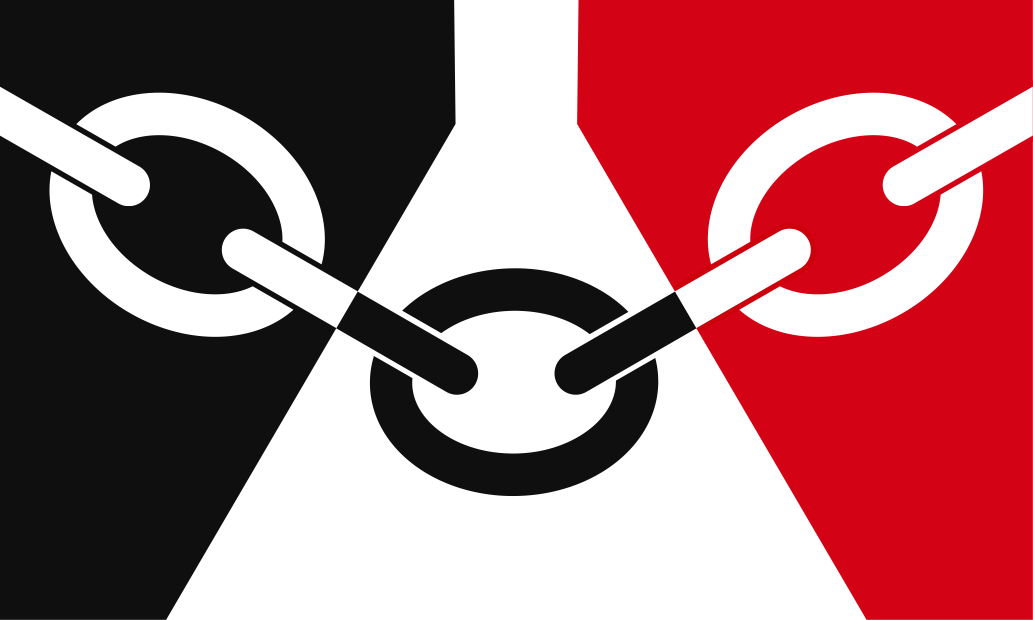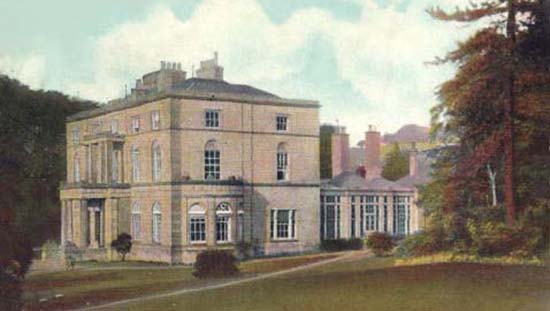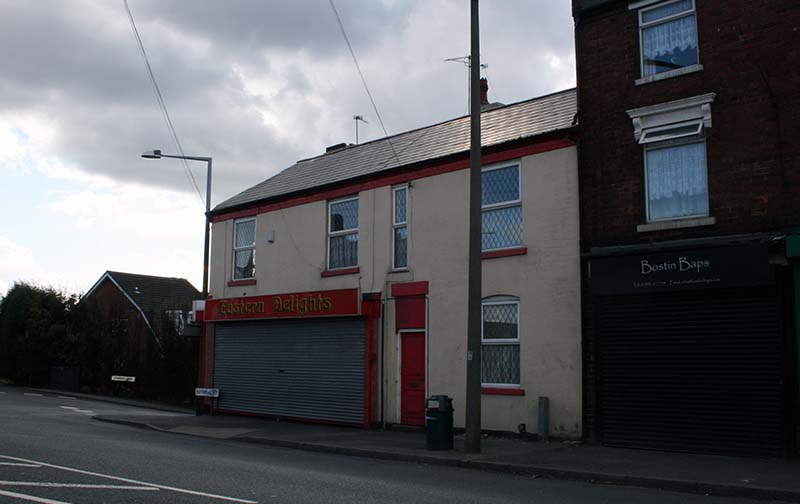
|

|
|
|
Landmarks ~
Churches ~
Pubs ~
Shops ~
Amenities ~
Dwellings ~
Events ~
Schools ~
Sports
Industrial ~ Transport ~ Folklore ~ Families
~ History ~
Old Maps
~ Aerial View 1962
~ Streets
~ Places
~ Typhoid Epidemic
~ Nailers
~ Snips
Census Enumeration ~ Bounds ~ Biblio ~ Sources
Typhoid Epidemic
Life was hard for the simple nailers and miners of Gornal, the following describes the conditions they would have to endure.
Overcrowding with little sanitation or clean water meant disease was rife in the 1870s, the following extract gives a window into how it was in those times.
An extract from the Dr. Ballard report of sanitary conditions from 1875 in the area including the village of Lower Gornal.
This report covered a wider area and this edited snippet gives a brief look at sanitation and how it affected the local folk.
The Village of Lower Gornal consists of one long street running along a declivity from Ruiton (near Upper Gornal)
towards a place known as East Street and West Street. This main street is called Ruiton Street.
Source: Appendix 3 to Report from the Select Committee for Public Health Act (1875) Amendment Bill (1878). ~
The following report from 1892, shows things were not much better several years on. A revolting case of overcrowding which was reported to Sedgley Sanitary Authority last week, shows that it is not only in the slums of our great cities that "the poor are hovell'd and hustled together, each sex like swine." It was stated by the Medical Officer that in a dwelling in Himley Road, Gornal Wood, a man who was suffering from typhoid fever, his wife, their three sons aged eleven, fourteen, and sixteen, and two daughters aged seven and twenty-one years, respectively, all occupied one bedroom, and slept in three beds, one of them made up on the floor. Another son and hs wife slept in the wash-house! No doubt an end will now be put to this particular case, but the scandal is that it should ever have been allowed to occur. There is clearly a fine field of labour open to the sanitary reformer in the Black Country. Source: 'The Truth' magazine, July 21, 1892. ~
The Lower Gornal and Gornal Wood sewer system was completed in 1926.
~
|
|




